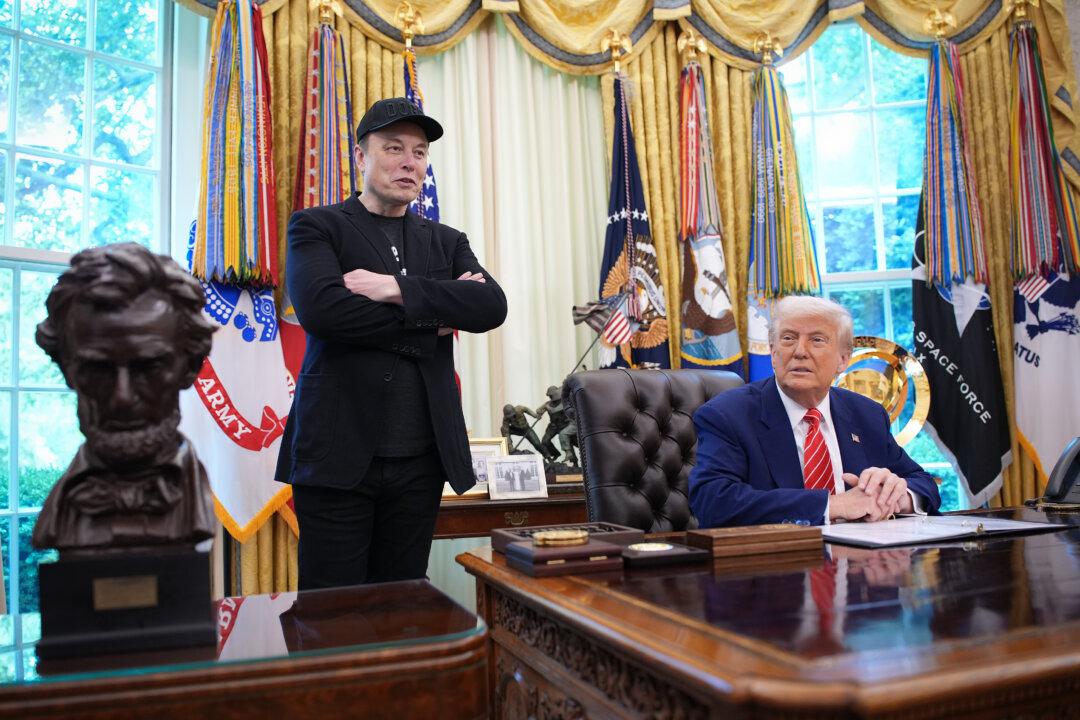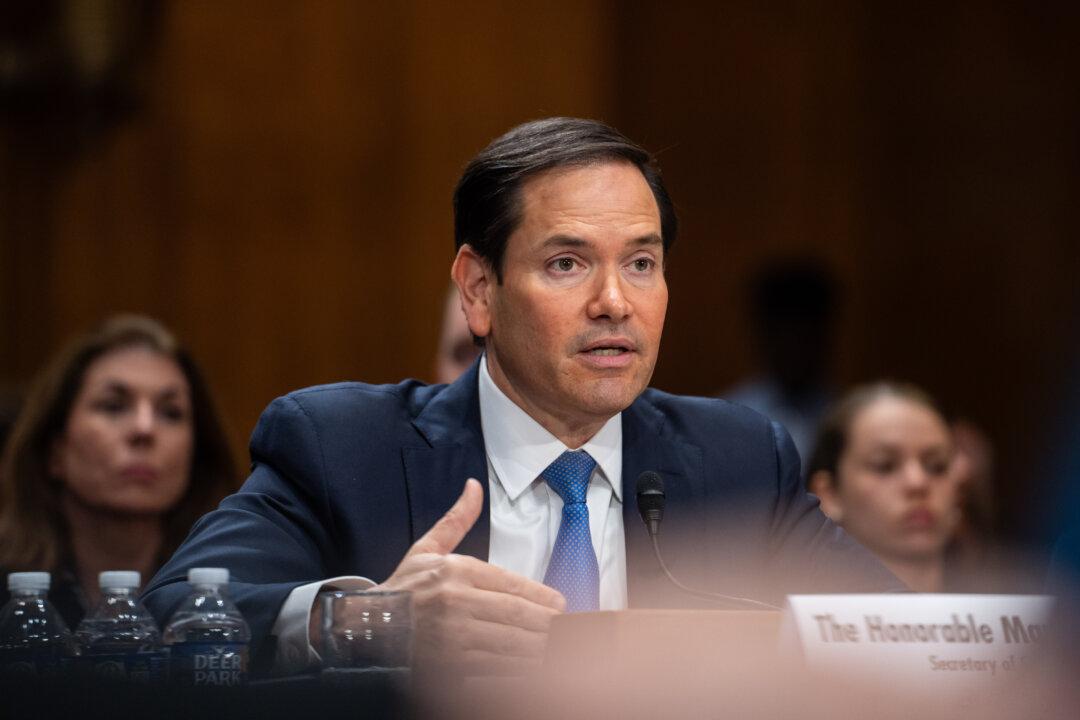Commercial and industrial lending has been unusually weak, as the investment pattern of businesses has changed dramatically in recent years.
Digital Economy Creates a Seismic Shift in Business Borrowing
An increasing share of capital investment has shifted away from equipment to intellectual property, helping companies to borrow less
Save

A worker operates a forklift at McRoskey Mattress Company in San Francisco, California on Aug. 9, 2016. Investment in new machinery has dropped from 8 percent of GDP in the 1970s to around 6 percent of GDP today, according to JPMorgan Chase. Justin Sullivan/Getty Images

By Emel Akan
Updated:



